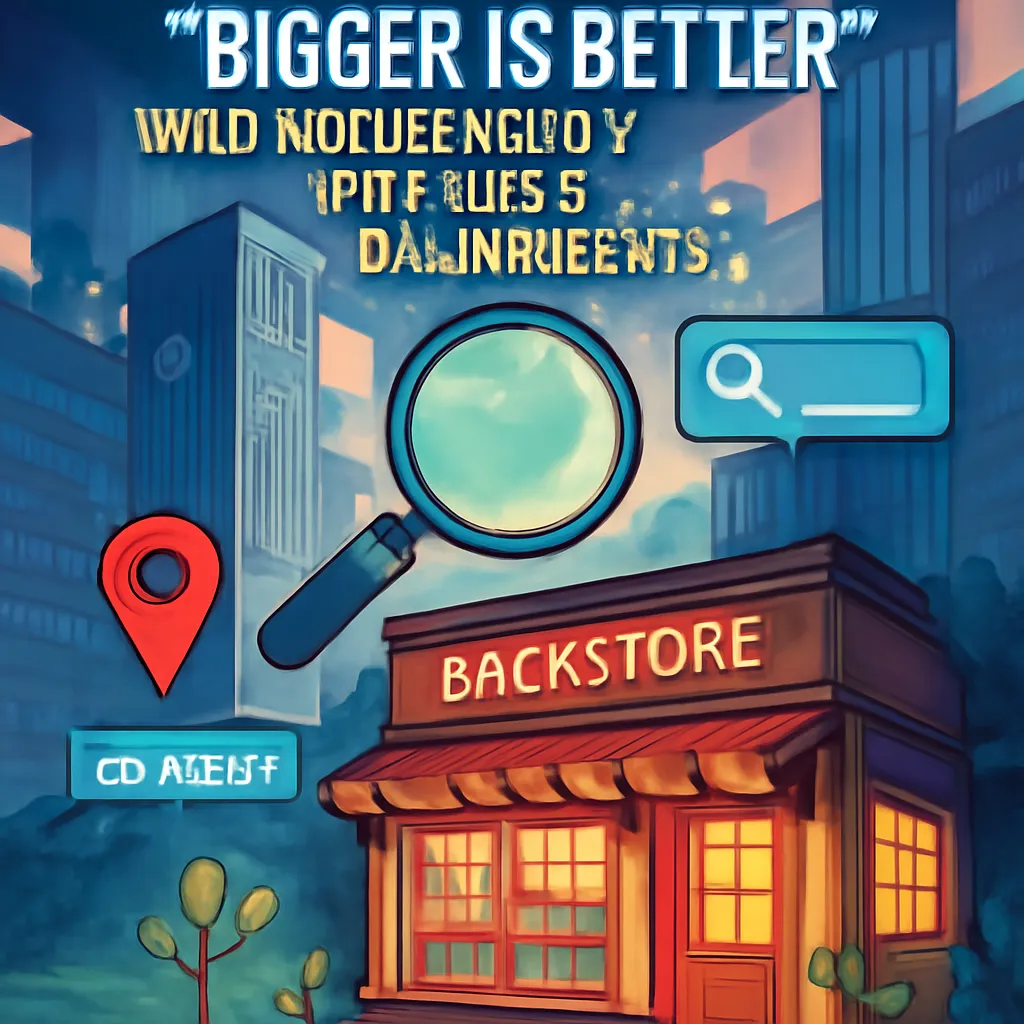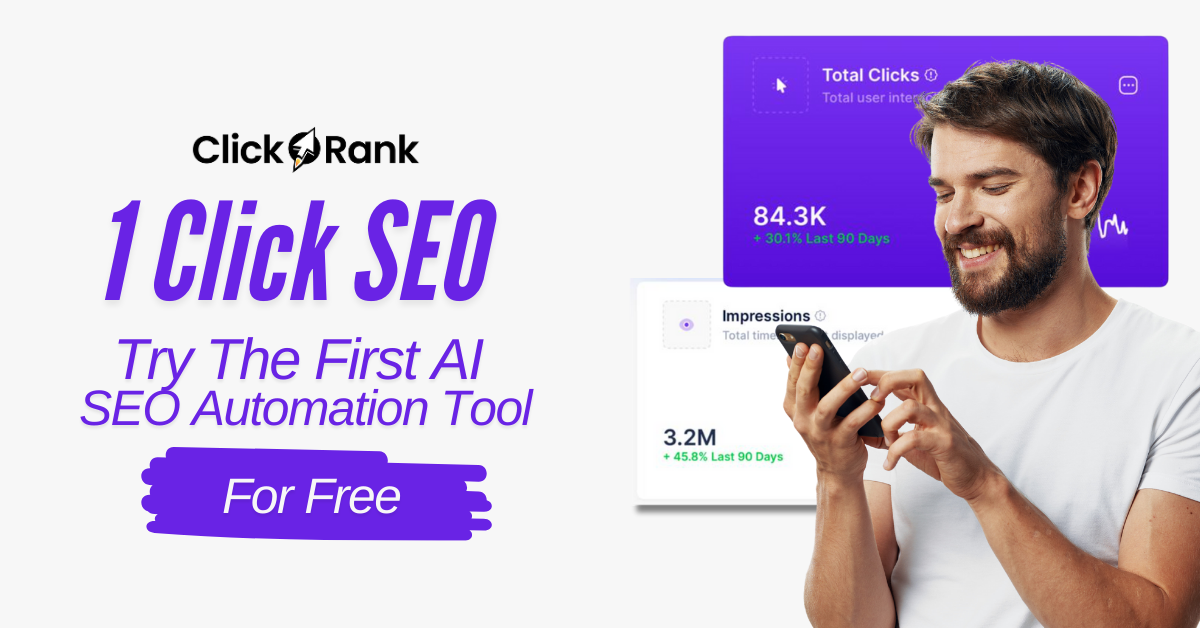Confession: I used to think SEO was all about casting the widest net. Who wouldn’t want thousands more eyes on their website, right? But then, last year, I overheard a customer in a coffee shop say, ‘I just want a good haircut near me—why is that so hard to Google?’ That one remark flipped my whole understanding of what really works for local businesses. Today, it’s not about being everywhere—it’s about being hyper-present right where you are, even down to your neighborhood block.
The Myth of ‘Bigger Is Better’: Why Generic SEO Fails Local Businesses
Let’s bust one of the biggest myths in digital marketing: that casting the widest net with your SEO will catch the most customers. If you’re a local business, especially in a city as sprawling as Los Angeles, chasing broad keywords like “best bakery in LA” or “top hair salon Los Angeles” is not just a waste of resources—it’s a recipe for getting lost in the crowd. Hyperlocal SEO, or neighborhood SEO, is where the real magic happens for local businesses.
Why Broad SEO Terms Don’t Convert for Local Businesses
Think about how you search when you’re hungry or need a quick haircut. You don’t want a list of every bakery or salon in the entire city. You want the one that’s closest, easiest, and most convenient. That’s why searches like “Echo Park hair salon” or “Silver Lake bakery” are gold for local businesses. Consumers using location-based keywords are far more likely to become actual customers—they’re ready to visit, buy, or book right now.
- Broad keywords attract browsers, not buyers. Someone searching “best bakery in LA” could be anywhere in the city—or even out of state. They’re probably comparing, not committing.
- Location-based keywords attract action-takers. Someone searching “Silver Lake bakery near me” is likely just a few blocks away and looking for a place to grab a pastry today.
Personal Story: The Silver Lake Bakery Pivot
Let me share a quick story. My friend owns a bakery in Los Angeles. For years, she poured money into trying to rank for “best bakery in LA.” She got some traffic, sure, but most visitors never set foot in her shop. Then she made a simple shift: she focused her local SEO strategy on her own neighborhood, Silver Lake. She optimized her website for “Silver Lake bakery,” updated her Google Business Profile, and started using hyperlocal SEO tactics. Within months, her walk-in traffic doubled. Locals searching for a bakery nearby found her at the top of the results—and they came in droves.
Hyperlocal SEO transforms walk-ins by making you the obvious choice for neighborhood shoppers. – Rand Fishkin
Why Google Loves Hyperlocal SEO
Google’s search results have evolved. Today, when someone searches for a service or shop, Google prioritizes businesses that are physically close to the searcher. That’s why “near me” searches have exploded—and why your business needs to show up for them. If you’re still targeting citywide or generic terms, you’re missing out on the customers who are most likely to walk through your door.
- Google’s local pack: The map and top three listings that appear for local searches are dominated by businesses with strong neighborhood SEO.
- Location-based keywords: Terms like “Echo Park hair salon” or “Silver Lake bakery” put you in front of people who want convenience, not a citywide list.
Hyperlocal SEO vs. Generic SEO: The Real-World Difference
| Generic SEO | Hyperlocal SEO |
|---|---|
| “Best bakery in LA” | “Silver Lake bakery” |
| High competition, low conversion | Low competition, high conversion |
| Attracts citywide browsers | Attracts neighborhood buyers |
How to Shift Your Local SEO Strategy
- Identify your neighborhood’s keywords. Use phrases like “Echo Park hair salon” or “Silver Lake bakery” instead of broad citywide terms.
- Optimize your Google Business Profile. Make sure your address, hours, and services are up to date and reflect your neighborhood.
- Encourage local reviews. Ask happy customers to mention your neighborhood in their reviews—it boosts your relevance for hyperlocal searches.
- Create content for your community. Blog about neighborhood events, collaborate with nearby businesses, and use local landmarks in your posts.
Stop wasting time and money trying to be everywhere at once. When you make your neighborhood the star of your SEO strategy, you become the go-to choice for the people who matter most—your neighbors.

Getting Granular: How Neighborhood SEO Changes the Game
When it comes to local SEO strategy, there’s a massive difference between ranking for “Los Angeles hair salon” and “Echo Park hair salon.” If you want to attract more clients, boost your visibility, and become the go-to business in your area, it’s time to get granular with neighborhood SEO Los Angeles. Let’s break down why hyperlocal SEO is your secret weapon and how you can use it to dominate your micro-market.
In a world of endless choices, specificity is your secret weapon. – Neil Patel
Why “Echo Park Hair Salon” Beats “Los Angeles Hair Salon” Every Time
Think about your own search habits. When you need a haircut, do you type “Los Angeles hair salon” into Google? Or do you search for something closer to home, like “Echo Park hair salon” or “haircut near Sunset Boulevard”? Most people want solutions in their immediate area. That’s where hyperlocal SEO comes in.
- Relevance: Ultra-specific location keywords like “Echo Park hair salon” capture an audience that’s actively seeking neighborhood-specific solutions. These searchers are ready to book now, not just browsing.
- Less Competition: It’s much easier to rank for “Echo Park hair salon” than to compete with every salon in Los Angeles. You’re not fighting against the giants—you’re owning your block.
- Higher Conversion: People searching for services in their neighborhood are more likely to become loyal, repeat customers. They want convenience and community.
Hyperlocal SEO: The Key to Dominating Micro-Markets
Neighborhood SEO Los Angeles isn’t just about keywords—it’s about owning your micro-market. By targeting specific neighborhoods, you can:
- Appear in the coveted Google local pack for searches in your area.
- Build trust as the neighborhood expert.
- Attract foot traffic from people who live, work, or play nearby.
Let’s look at a hypothetical example: Imagine a bike shop in Los Feliz. Instead of trying to rank for “Los Angeles bike repairs,” they focus on “Los Feliz bike repairs.” They mention local landmarks like Griffith Park and Vermont Avenue on their website and Google My Business profile. Soon, they’re showing up at the top of the Google local pack every time someone in Los Feliz needs a tune-up—outperforming even the biggest citywide chains.
Unique Tactics: Using Neighborhood Landmarks and References
Want to stand out in neighborhood SEO Los Angeles? Get creative with your content. Here’s how:
- Include Neighborhood Landmarks: Mention well-known spots like “near Dodger Stadium” or “steps from Echo Park Lake” in your website copy, blog posts, and Google My Business description.
- Use Local Events: Reference events like the Echo Park Craft Fair or Los Feliz Street Festival to show you’re part of the community.
- Highlight Local Partnerships: Collaborate with other neighborhood businesses and mention them on your site. For example, “Proudly serving clients from Stories Books & Café and the Echo Park Film Center.”
How to Incorporate Neighborhood References on Your Web Pages
- Homepage: Add a line like, “Your trusted Echo Park hair salon, serving the community near Sunset Boulevard.”
- Service Pages: Create separate pages for each neighborhood you serve, such as “Haircuts in Echo Park” or “Balayage near Elysian Park.”
- Contact Page: Embed a Google Map centered on your neighborhood and include driving directions from local landmarks.
- Google My Business: In your business description, mention your proximity to neighborhood hotspots and use phrases like “conveniently located in Echo Park.”
By weaving these hyperlocal details into your website and online profiles, you signal to Google—and your future customers—that you’re the top choice for their specific neighborhood. This is how you win the Google local pack and become the go-to business on your block.

Wild Cards and Walk-Ins: Creative Hyperlocal Moves for Real-World Traffic
Let’s face it: the real magic of hyperlocal SEO isn’t just about getting found online—it’s about driving foot traffic locally and turning digital discovery into real-world visits. If you’re a small business owner in Los Angeles, ranking for “Echo Park hair salon” will bring in more walk-ins than trying to compete for “best hair salon in LA.” Why? Because people searching for businesses in their own neighborhood are ready to act, and they’re looking for a place that feels like part of their community’s story.
“If your business feels like part of the neighborhood’s story, customers will seek you out.”
– Ann Handley
So, how do you make your business the star of your block and not just another dot on the map? It’s time to get creative with your local SEO strategy. Here’s how you can use wild cards and walk-ins to turn hyperlocal search into steady, in-person traffic.
Cross-Promotion: Team Up for Local Search Bundles
One of the most powerful moves in small business SEO is partnering with your neighbors. Imagine you run a coffee shop next to a vintage bookstore. By offering a joint discount—say, 10% off a latte with a book purchase—and promoting it online, you both show up in each other’s local search results. Google loves to see businesses collaborating within a neighborhood, and these “search bundles” can boost your visibility on maps and in the local pack. Plus, you’ll tap into each other’s customer bases, driving more foot traffic locally and building a stronger neighborhood brand.
Neighborhood Events: Turn Offline Buzz into Online Visibility
Hosting a neighborhood event is a classic way to get people through your door, but the real win comes when you amplify that buzz online. Throw a block party, host a sidewalk sale, or sponsor a community cleanup—then blog about it, post photos, and encourage attendees to leave reviews mentioning your event. This kind of neighborhood-specific content is gold for local search optimization. Not only does it show Google that you’re active in your community, but it also gives potential customers a reason to visit in person. The more you tie your business to local happenings, the more likely you are to show up when people search for what’s happening nearby.
Get Specific: Use Local Landmarks as Search Signals
Here’s a creative experiment: what if your business reviews or website content mention hyperlocal landmarks? For example, a record store in Echo Park saw a spike in visits after a local blogger wrote about its proximity to the iconic mural on Sunset Blvd. When people searched for “record store near Sunset Blvd mural,” guess who showed up? By weaving in references to parks, murals, or even popular intersections, you send strong signals to Google—and to your neighbors—that you’re part of the local fabric. Encourage customers to mention these landmarks in their reviews, and don’t be shy about highlighting them in your own content.
Neighborhood-specific content doesn’t just boost your digital presence—it brings people through your door. When your business feels woven into the story of your street, you become the go-to spot for locals and visitors alike. These creative, hyperlocal moves aren’t just SEO tricks; they’re ways to build real relationships and lasting loyalty in your community.
As you experiment with these wild cards—cross-promotions, neighborhood events, and landmark shout-outs—you’ll find that hyperlocal SEO is about more than keywords. It’s about showing up where it matters most: right in the heart of your neighborhood. So, let your block be the star of your strategy, and watch as both your online rankings and your in-person traffic grow together. After all, the best kind of search result is the one that ends with someone walking through your door.
TL;DR: Zero in on your neighborhood with hyperlocal SEO—it’s the best way for local businesses to attract truly relevant customers, boost both web and foot traffic, and stand out amidst the noise. Get specific, get noticed, and start dominating your corner of the city.
You may be interested

